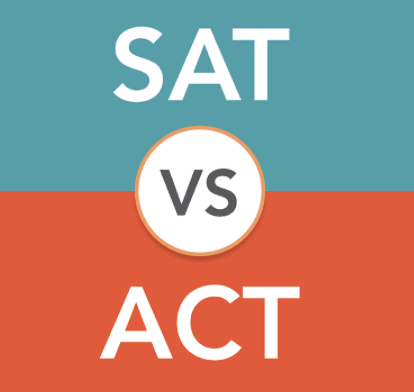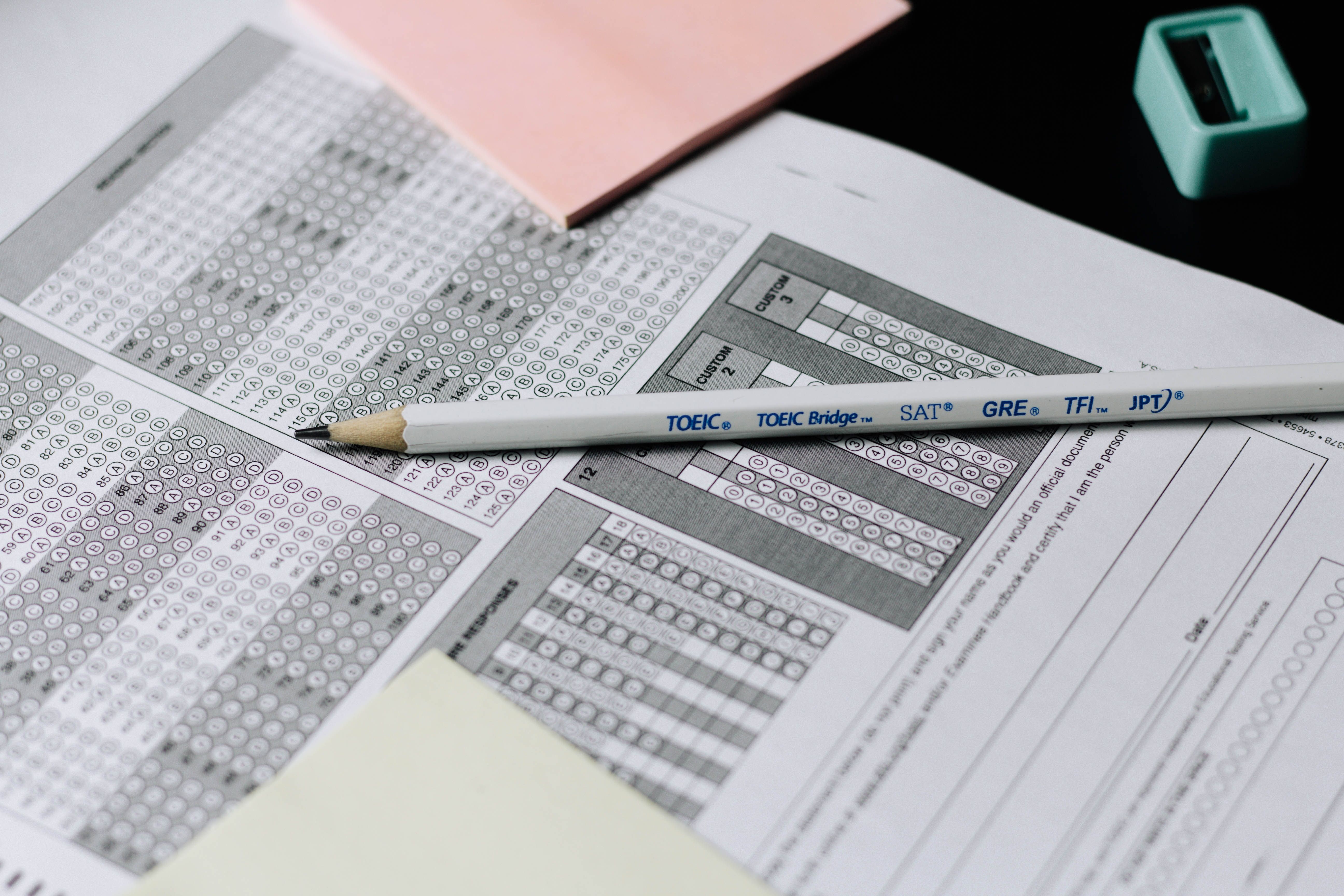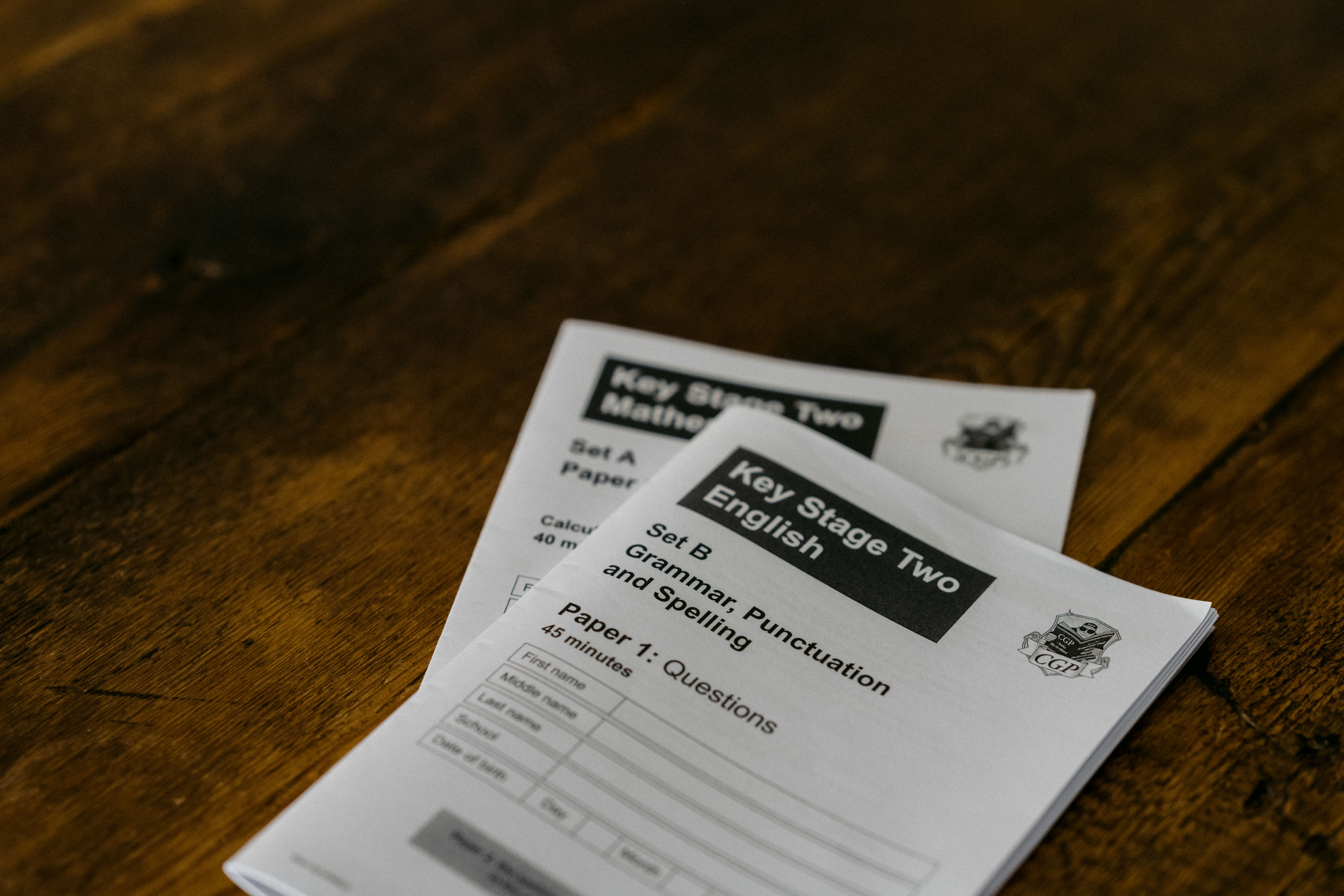
To SAT or To ACT? That is the Question!
What's the difference? Which one is better for me? Let's break it down.

“Should I study for the SAT or the ACT?” is the first question 10th and 11th graders (and their families) carefully consider before delving into the college application process. It’s also good to be in the know about what makes these two tests different and how they are similar even if your child is a couple of years away from having to grapple with this question. Some parents may be surprised to know that today, colleges and universities across the US do not prefer one test over the other; the ACT and SAT are considered equals.
Until 2016, the SAT and ACT were very different, but the SAT has gone back to the drawing board and presented us with a test that is much more similar to the ACT than it used to be. And this makes choosing even harder. We’ve picked apart each section of both tests below to give you the latest and most accurate information.
Download the two-sided PDF below or explore the table on our website from any device or browser. If you have further questions on this topic, call or email us anytime. We’ve been NYC’s trusted education experts for over 15 years and our advice is always free.

SAT
Test Breakdown
- Reading: 52 questions/ 65 mins
- Writing and Language: 44 questions/ 35 mins
- Math, no calc: 20 questions/ 25 mins
- Math: 38 questions/ 55 mins
Timing
- 3 hours
- 10 min break
Reading Section
- 5 passages
- Evidence Support questions ask you to identify the part of the text that made you choose your answer.
- Tricky answer choices can lead you astray.
- Questions are in chronological order so it's easier to skim the passage and look for the answer.
Language Section
- Sentence analysis questions and passage analysis questions that ask you to find grammar and punctuation, sentence organization, and vocabulary mistakes.
- Questions and answers are trickier and often need to be read twice.
Math Section
- Contains a section that allows you to use a calculator and a section that doesn't allow calculator use.
- Contains non-multiple-choice problems ("grid-ins").
- Multiple-choice questions have four answer choices.
- Gives students a geometry/trigonometry formulas sheet
- Contains very little geometry and trigonometry.
Science Section
- No Science Section, but the Reading Comprehension section includes graphs and data analysis.
SAT: So what's the bottom line?
You won't know 100% which test you are better at until you take a diagnostic test, but here is some food for thought.
Take the SAT if you have trouble with timed tests and are worried about time pressure. While both the SAT and ACT are timed tests, the SAT simply gives you more time for each question.
Take the SAT if you don't want to deal with geometry or trigonometry but you do want to show off your math skills, because 50% of the SAT score if based on math and 20 of the questions do not allow the use of calculators. If you choose the SAT, it's also important to remember that the current version of the test is brand now (est. 2016) so the test is still being tweaked every time it is given and not as much practice material is available as the ACT.

ACT
Test Breakdown
- English: 75 questions/ 45mins
- Math: 60 questions/ 60 mins
- Reading: 40 questions/ 35 mins
- Science: 40 questions/ 35 mins
- Optional Writing (Essay): 1 question/ 40 mins
Timing
- 2 hours 55 mins + 40 min essay
- 10 min break
Reading Section
- 4 passages
- No Evidence Support questions or tricky answers.
- Questions are not in chronological order, so you have to read the text more closely.
- More time pressure as usual for the ACT.
English Section
- Only passage analysis questions (5 passages) with 15 questions in each that ask you to find grammar and punctuation, sentence organization, and vocabulary mistakes. Parts of the passages that refer to the question are clearly marked 1-15 in the margins.
Math Section
- Calculator is allowed for the entire test.
- All questions are multiple-choice.
- Questions have 5 answer choices.
- Approximately 35%-45% of the math questions cover geometry, trigonometry, and other advanced math topics.
Science section
- 7 reading passages and corresponding questions that ask you to read and understand data, interpret the design and results of experiments and compare opposing viewpoints.
- Surprisingly, no specific science knowledge is needed. Instead, students need to interpret graphs, charts and data using the analytical method that is used in science.
Optional essay
- Question is about the provided text.
- Asks to provide your own argument and support it using the text.
ACT: So what's the bottom line?
Take the ACT if you typically don't have difficulty with timed tests, as this test gives you less time to finish each question than the SAT. But it's important to remember that for many SAT-style questions (especially in Reading Comprehension,) you may need more time to do each question because the answer choices are meant to be tricky and often need to be read several times.
Take the ACT if the fact that math only makes up 25% of your score appeals to you, but do remember that you will need to show more knowledge of geometry and trigonometry for the ACT Math Section. If you like the idea of an analytical section, where you are asked to read graphs and interpret data, then the ACT with its unique Science Section will work for you.
We strongly recommend a diagnostic test before you make your final decision.
SAT or ACT? That is the question!
Take our (free!) 3.5-hour Diagnostic Exam to get the answer and a detailed score report.


